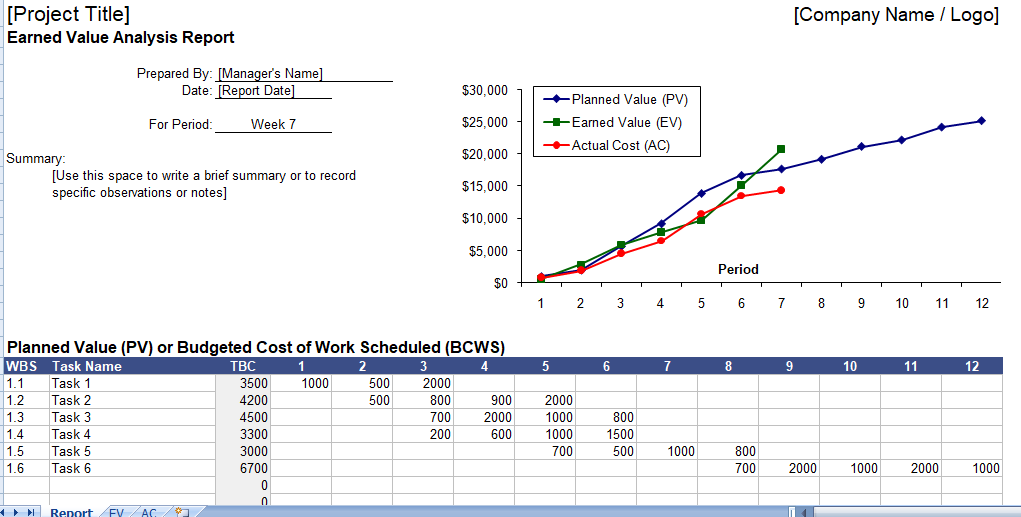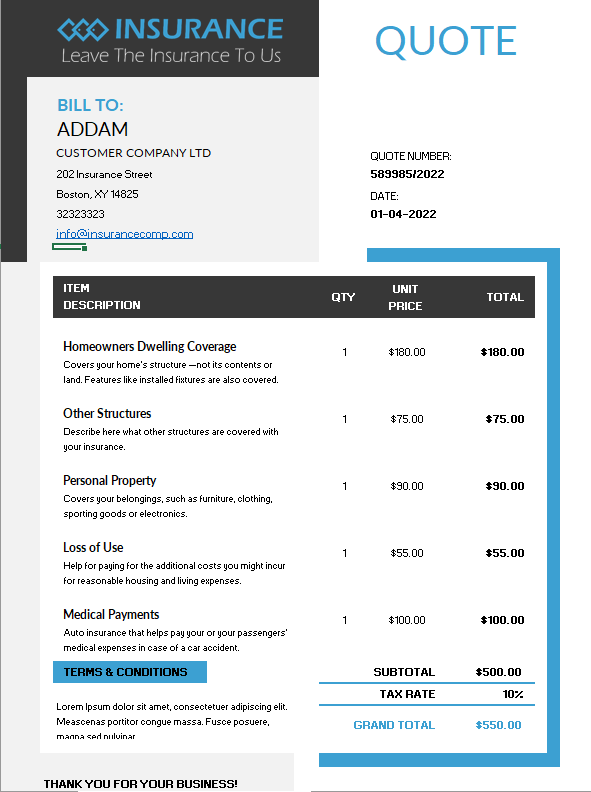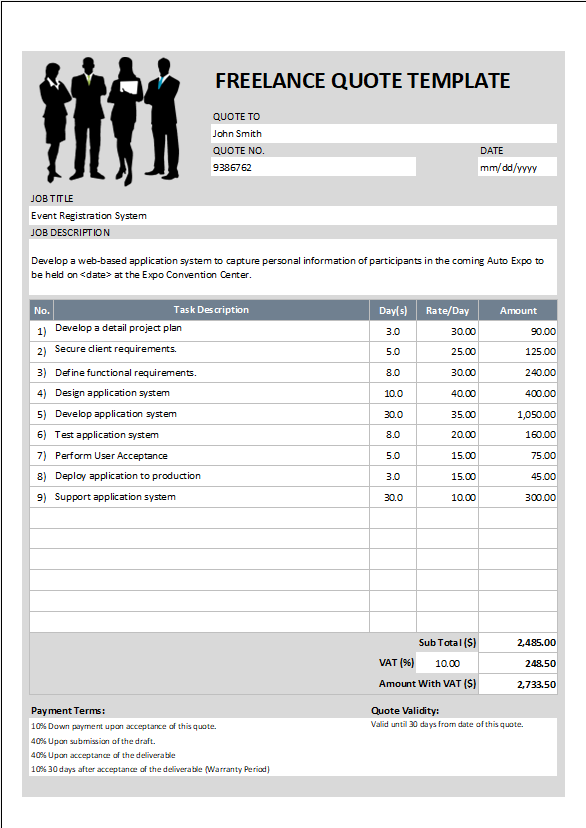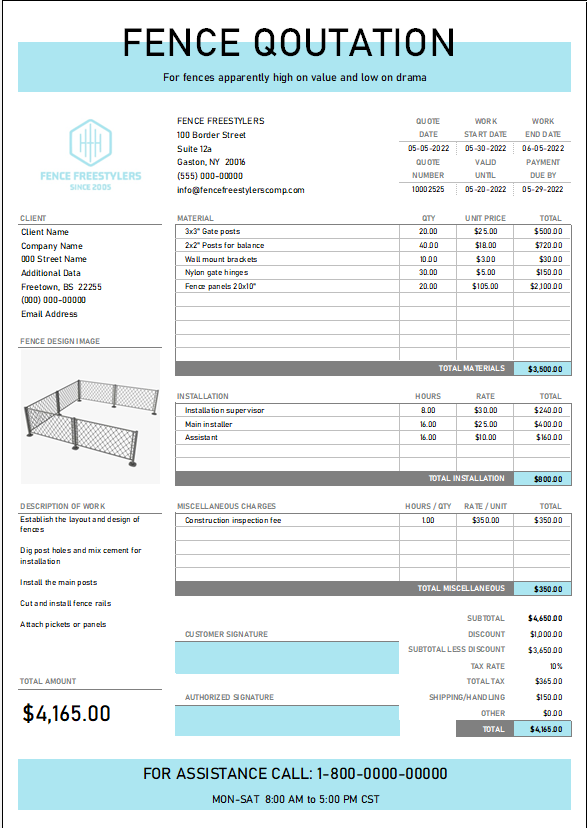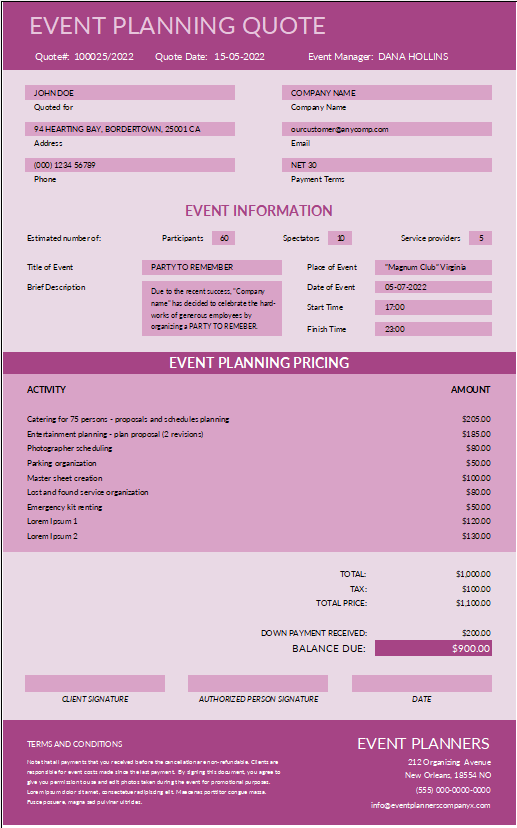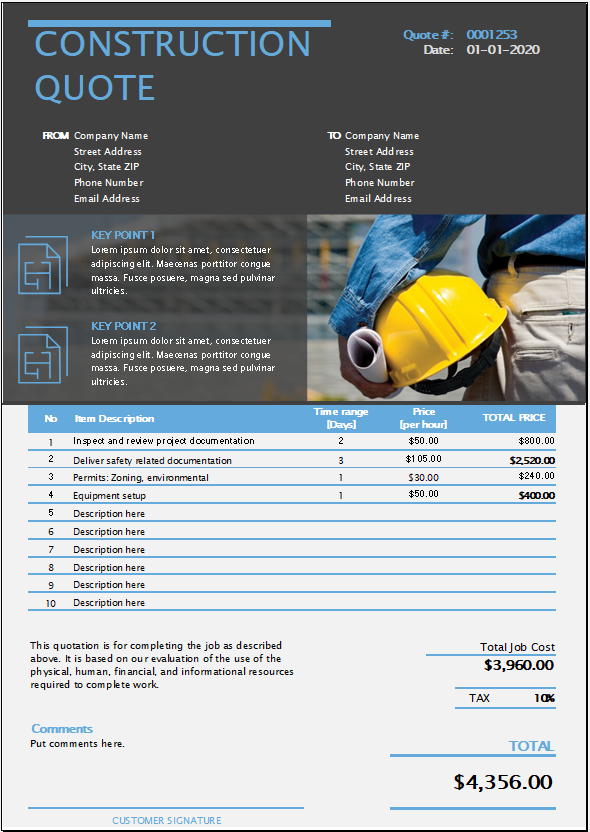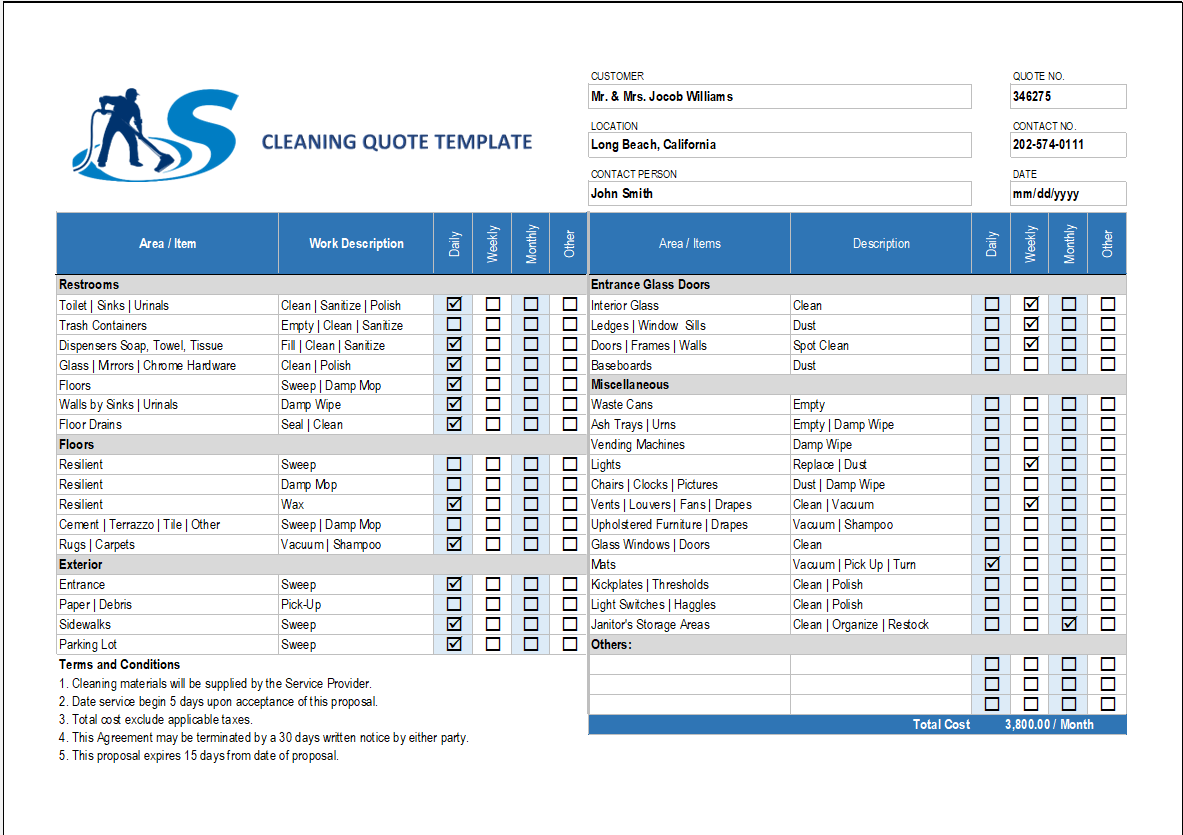Harnessing the Power of Earned Value Management
Project management often feels like a juggling act with countless variables to keep track of. Earned Value Management (EVM) is a technique that can help. It acts as a one-stop solution for managing project budgets, measuring performance metrics, and understanding whether a project is truly running “On Time and Under Budget.” EVM takes into account the project schedule and compares costs with the budget. This becomes particularly crucial when expenses don’t follow a constant rate.
Demystifying EVM with Our Template
Our free editable Excel template simplifies Earned Value Management. It uses EVM formulas to conduct a basic earned value analysis and monitors spending throughout the project’s life. Here’s a step-by-step guide to getting started:
- Planned Value Table: Begin by adding tasks to this table. Enter the amount that needs to be spent on each task per period.
- Defining Tasks and Budget: Once you finish defining the tasks and the budget, input these tasks into the Earned Value (EV) and Actual Cost (AC) worksheets.
- End of Each Period: At each period’s end, enter a completion percentage for every task in the EV worksheet and the amount spent on each task during the period in the AC worksheet.
- Data Transfer and Analysis: Transfer the cumulative EV and AC to the worksheet and analyze the graph. Here, you can compare the EV and AC to the Planned Value.
Integrating EVM with Gantt Charts
While Gantt charts help in defining the project schedule — outlining Work Breakdown Structure (WBS), tasks, durations, and task dependencies — the EVM worksheet aids in planning and tracking your expenses. They work in unison to provide a comprehensive overview of your project.
Breaking Down the Earned Value Method
There are three primary components of the earned value method:
- Planned Value (PV): Also known as the Budget Cost of Work Scheduled (BCWS), this represents the budget cost assigned to each task for every period, leading to the calculation of the Total Budgeted Cost (TBC). This acts as the baseline for comparison.
- Actual Cost (AC): The Actual Cost of Work Performed (ACWP) is the amount spent on work, encompassing labor, materials, and other costs. Although it doesn’t reflect the amount of work completed, it remains a crucial metric to report.
- Earned Value (EV): This metric, also known as the Budget Cost of Work Performed (BCWP), represents the value of the completed work. It is calculated by multiplying the % Complete by the Total Budget Cost. The way you assign earned value depends on how your project tasks are defined. A well-structured work breakdown can make assigning earned value significantly easier.
Real-World Application of Earned Value Management
Let’s take an example of a project task named “Purchasing” that spans the entire project period. Suppose the planned value for this task varies with $6000 spent at the start, $1000 in month 2, and $2500 in month 5, leading to a TBC of $8500. If purchases are made on schedule, the % Complete for this task at the end of month 2 would be calculated as ($6000+$1000)/$8500. If the actual cost of the initial purchase was $4500, the Earned Value would still be ($6000+$1000), and the $4500 would be the Actual Cost. This way, you can easily determine if you’re under budget.
Making EVM Work for You
With our free, editable Excel EVM templates, managing complex projects becomes more straightforward and efficient. You can effectively track budget and schedule performance, adjust as necessary, and confidently lead your project towards successful completion.
Discover the power of Earned Value Management by downloading our free Excel templates today. Let us help you deliver all your projects “On Time and Under Budget.”
Streamlining Project Management with Earned Value Management
Overseeing a project can be a complicated task. Yet, the appropriate tools can significantly simplify the process. Our Earned Value Management Excel template is an ideal example of such a tool. It provides an uncomplicated, efficient method to monitor project costs, compare them with your budget, and ascertain whether your project is proceeding according to the projected timeline and financial plan.
A well-implemented Earned Value Management system gives you the power to not just monitor current project performance, but to predict future performance based on current data trends. This proactive approach allows for timely identification and management of potential issues before they can impact the project adversely.
Why Choose Our Templates?
Our Excel templates are completely free and 100% editable, designed with the user in mind. The primary aim is to streamline your project management process, helping you keep track of the most minute details, keeping you “on time and under budget.” Here are a few reasons why our templates stand out:
- Ease of Use: The templates are user-friendly and don’t require advanced knowledge of Excel or Project Management.
- Flexibility: The templates are completely editable, giving you the freedom to adjust and adapt them to your specific project needs.
- Accessibility: They are free to download and use, making sophisticated project management tools accessible to everyone.
- Efficiency: Our templates enable efficient project management, ensuring you have the right information at the right time to make informed decisions.
Wrapping Up
Project management doesn’t have to be a Herculean task. With the right tools at your disposal, you can easily navigate through your projects, keeping a keen eye on timelines and budgets. Our free, editable Excel templates for Earned Value Management offer you the precision and control needed to effectively manage your projects.
Start exploring our templates today and experience a new level of organization and control in your project management journey. Happy planning!

